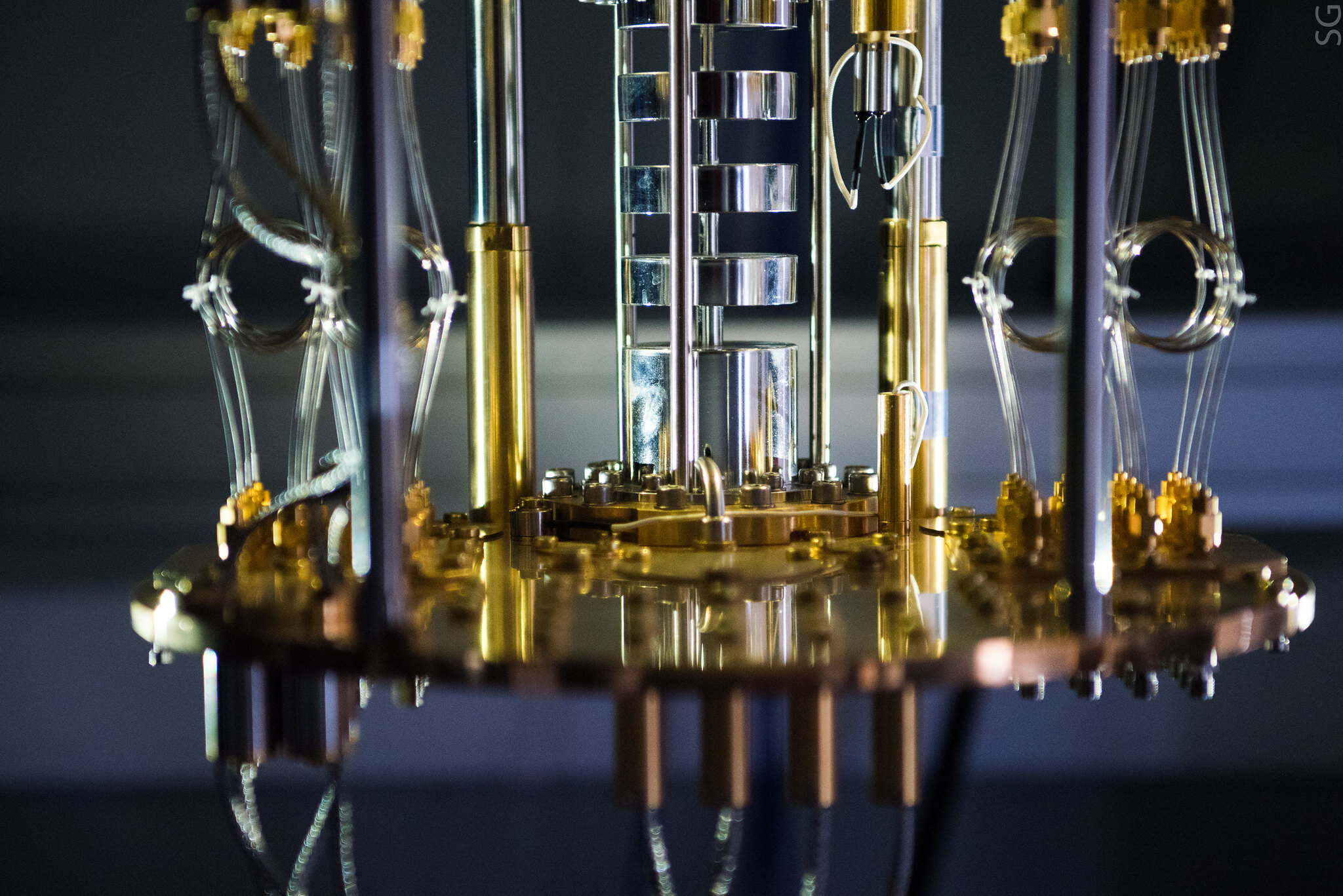#Scientists get photons to interact, taking a step towards long-living quantum memory

“#Scientists get photons to interact, taking a step towards long-living quantum memory”

Scientists believe that individual light particles, or photons, are ideally suited for sending quantum information. Encoded with quantum data, they could literally transfer information at the speed of light. However, while photons would make for great carriers because of their speed, they don’t like to interact with each other, making it difficult to achieve quantum entanglement.
An international research team from NUST MISIS, Russian Quantum Center, the Ioffe Institute St. Petersburg and Karlsruhe Institute of Technology has obtained experimental evidence for effective interaction between microwave photons via superconductive qubits for the first time. The study, published in npj Quantum Materials, may be a step toward the implementation of a long-living quantum memory and the development of commercial quantum devices.
In their experiments, the researchers used photons with the frequency of a few GHz and the wavelength of a few centimeters.
“We used superconducting cubits, which are basically artificial atoms, because they have been proven to strongly interact with light. Interaction between natural atoms and natural light is weak due to the small size of natural atoms. Superconducting cubits are man-built; their size can reach up to 0.1 mm, which makes it possible to significantly increase their dipole moment and polarity, engineering strong interaction between light and matter,” said Prof. Alexey Ustinov, head of the Laboratory for Superconducting Metamaterials at NUST MISIS and Group Head at Russian Quantum Center, who co-authored the study.
Superconducting qubits represent a leading qubit modality that is currently being pursued by industry and academia for quantum computing applications. However, they require milli-Kelvin (mK) temperatures to operate. The most powerful of the existing superconducting quantum devices contains under 100 qubits. As you add qubits, the number of operations a quantum computer can perform grows exponentially, but the maximum number of qubits that can be integrated in a quantum computer is limited by the size of refrigerators used to cool them down to operational temperatures. Taking this into account, the efforts of the scientific community have been recently focused on increasing the processing power of a quantum computer by transmitting quantum signals from one refrigerator to another. To engineer this transmission, the scientists coupled an array of eight superconducting transmon qubits to a common waveguide—a structure that guides waves, e.g., light waves.
“By employing dedicated flux-bias lines for each qubit, we establish control over their transition frequencies. It was derived and experimentally verified that multiple qubits obtain an infinite range photon mediated effective interaction, which can be tuned with the inter-qubit distance,” says Alexey Ustinov.
The circuit of this work extends experiments with one and two qubits toward a full-blown quantum metamaterial, thus paving the way for large-scale applications in superconducting waveguide quantum electrodynamics.
Scientists take step towards quantum supremacy
Jan David Brehm et al. Waveguide bandgap engineering with an array of superconducting qubits, npj Quantum Materials (2021). DOI: 10.1038/s41535-021-00310-z
Citation:
Scientists get photons to interact, taking a step towards long-living quantum memory (2021, May 18)
retrieved 18 May 2021
from https://phys.org/news/2021-05-scientists-photons-interact-long-living-quantum.html
This document is subject to copyright. Apart from any fair dealing for the purpose of private study or research, no
part may be reproduced without the written permission. The content is provided for information purposes only.
If you liked the article, do not forget to share it with your friends. Follow us on Google News too, click on the star and choose us from your favorites.
For forums sites go to Forum.BuradaBiliyorum.Com
If you want to read more Like this articles, you can visit our Science category.



